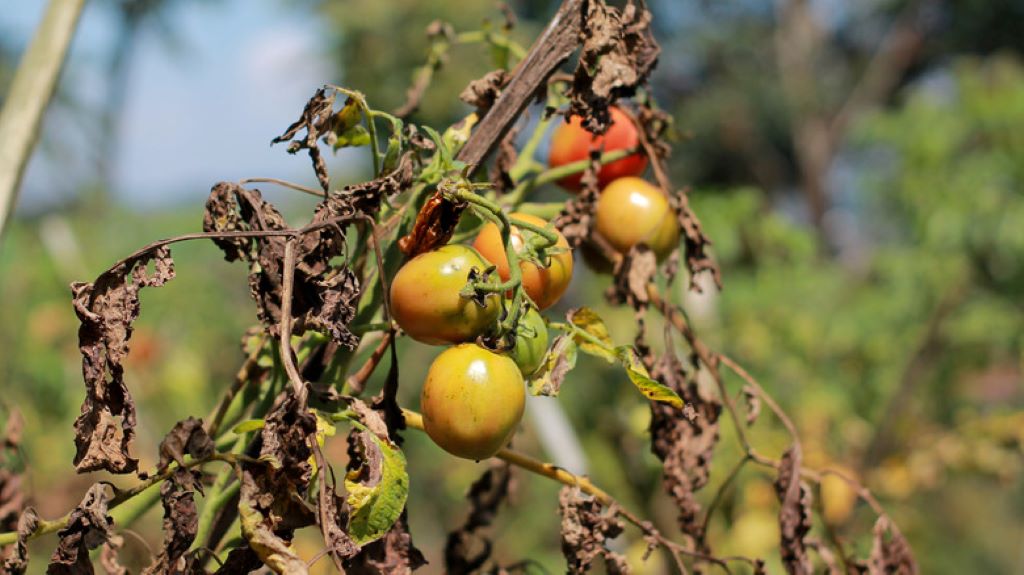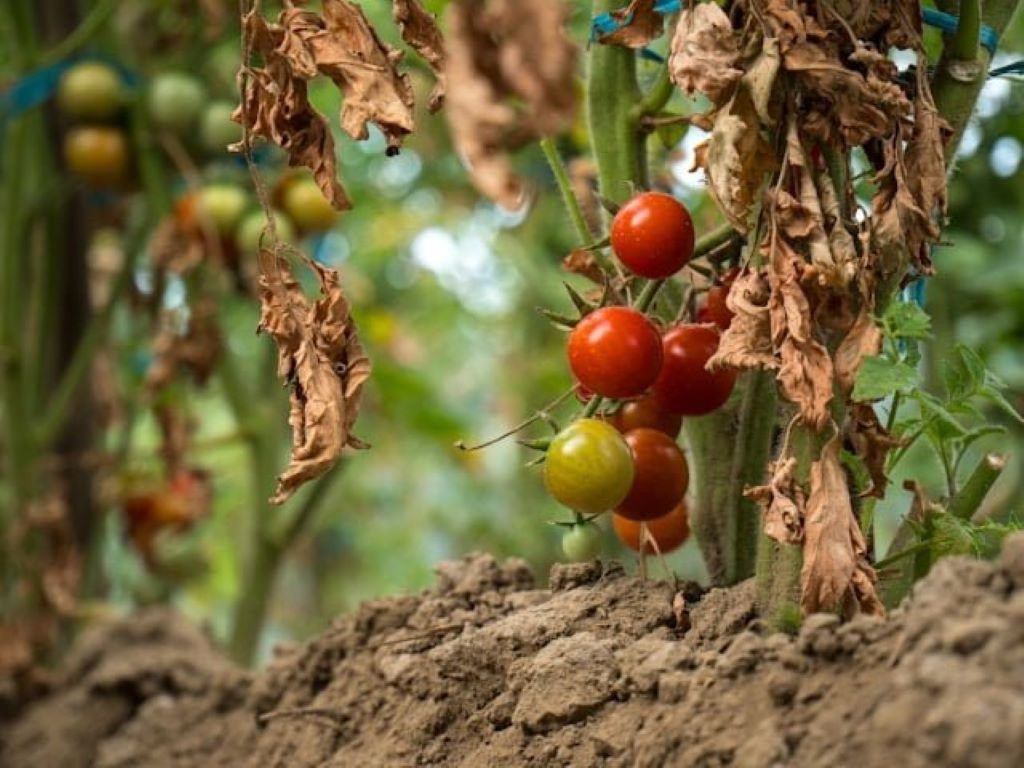Tomato plants are beloved for their juicy fruits and vibrant green foliage, but it can be disheartening to discover your prized plants developing brown leaves. Several factors can cause this issue, ranging from environmental conditions to diseases and pests. This article will delve into the common reasons for tomato plant leaves browning, offer diagnostic tips, and outline effective solutions to help your tomato plants thrive.
Understanding Leaf Browning: It’s Not Always a Bad Thing
Before we dive into the potential causes, it’s important to note that not all leaf browning is a cause for alarm. As tomato plants mature, the older, lower leaves may naturally yellow and brown as they redirect energy towards fruit production. This is typically a gradual process and usually doesn’t affect the overall health of the plant. However, if the browning is sudden, widespread, or accompanied by other symptoms, further investigation is warranted.
Common Causes of Leaf Browning
Environmental Stressors:
- Underwatering: Tomato plants require consistent moisture, especially during hot and dry periods. Insufficient water can lead to leaf curling, wilting, and browning, starting from the edges and progressing inward.
- Overwatering: While essential, excessive water can suffocate the roots, preventing them from absorbing nutrients. This results in yellowing and browning leaves, often accompanied by root rot.
- Nutrient Deficiencies: Tomato plants are heavy feeders and require a balanced supply of nutrients. Deficiencies in potassium, magnesium, or calcium can manifest as brown spots, edges, or patches on leaves.
- Sunburn: Although tomato plants love sunlight, excessive exposure to intense rays can cause sunburn, leading to brown, scorched patches on leaves.
- Temperature Extremes: Extreme heat or cold can stress tomato plants. Cold damage can cause leaves to turn brown and wither, while heat stress can lead to leaf scorch.

Related: Tricks for growing peppers from scraps in your garden
Diseases:
- Early Blight: This fungal disease causes brown spots with concentric rings on leaves, eventually leading to leaf drop. It thrives in humid conditions and often affects lower leaves first.
- Septoria Leaf Spot: Another fungal disease, septoria leaf spot, causes small, dark brown spots with yellow halos. The spots may merge, causing larger areas of browning.
- Bacterial Canker: This bacterial infection can lead to brown streaks on stems and leaf veins, wilting, and browning of leaf margins.
- Viral Diseases: Various viruses can infect tomato plants, causing a range of symptoms, including leaf discoloration, mottling, and browning.
Pests:
- Spider Mites: These tiny arachnids feed on plant sap, leaving behind stippled, yellowing leaves that eventually turn brown.
- Aphids: Aphids also suck sap, causing leaves to curl, distort, and turn yellow or brown.
- Whiteflies: Similar to aphids, whiteflies feed on plant juices, leading to yellowing and browning of leaves.
Diagnosing the Problem
To effectively address leaf browning, accurate diagnosis is crucial. Start by carefully examining the affected leaves for patterns, spots, or other visual clues. Consider the environmental conditions your plants have been exposed to, such as watering frequency, sunlight intensity, and temperature fluctuations. Check for signs of pests by inspecting the undersides of leaves and stems. If you suspect a disease, consult resources like university extension services or gardening guides to match the symptoms with known tomato diseases.
Solutions and Prevention
The appropriate course of action depends on the underlying cause of leaf browning:
- Environmental Stressors:
- Adjust watering practices to ensure adequate but not excessive moisture.
- Provide shade during intense sunlight.
- Fertilize regularly with a balanced tomato fertilizer.
- Protect plants from temperature extremes.
- Diseases:
- Remove and destroy affected leaves.
- Apply fungicides if recommended for the specific disease.
- Rotate crops to prevent the buildup of pathogens in the soil.
- Pests:
- Use insecticidal soap or neem oil to control pests.
- Introduce beneficial insects like ladybugs or lacewings to prey on pests.
- Remove heavily infested plants to prevent the spread of pests.
Prevention is Key
To minimize the risk of leaf browning, practice good cultural habits:
- Choose disease-resistant tomato varieties.
- Plant in well-draining soil.
- Space plants adequately for air circulation.
- Water consistently and deeply.
- Mulch to conserve moisture and suppress weeds.
- Monitor plants regularly for signs of pests or diseases.
By understanding the causes of leaf browning, implementing preventive measures, and taking prompt action when issues arise, you can ensure your tomato plants remain healthy and productive, rewarding you with a bountiful harvest.




